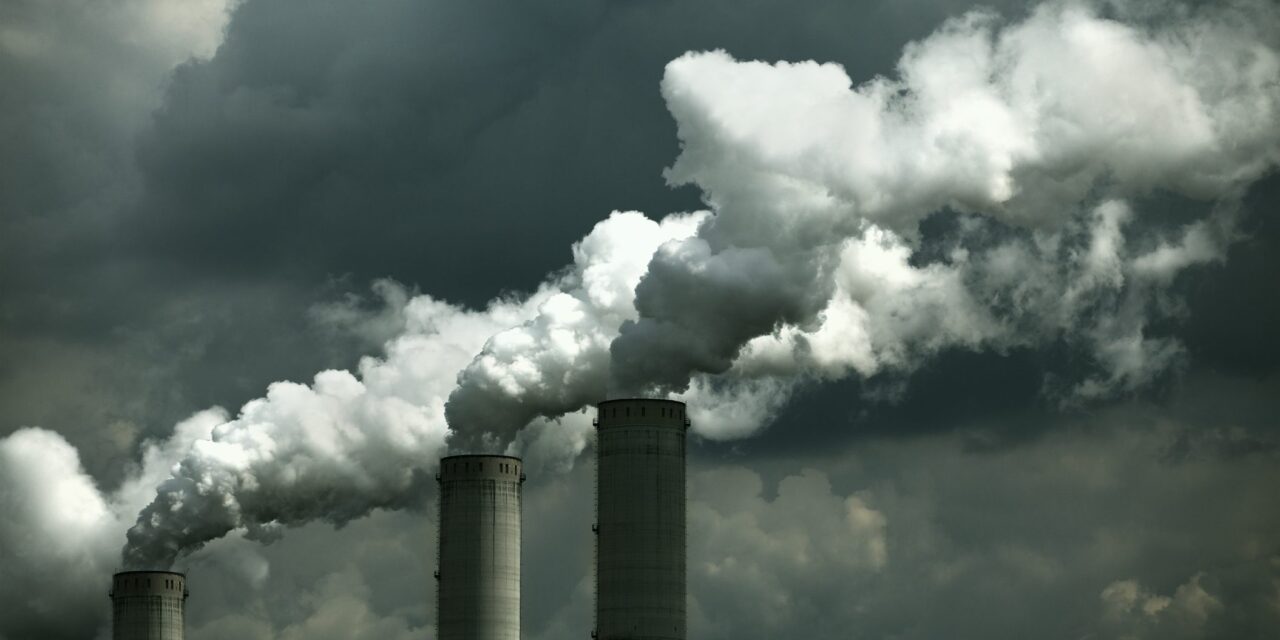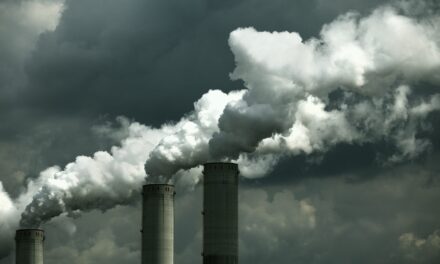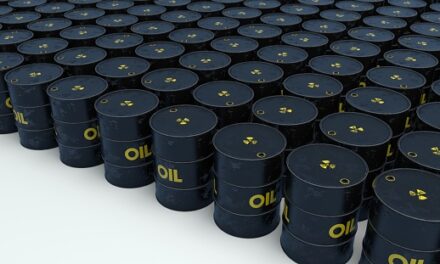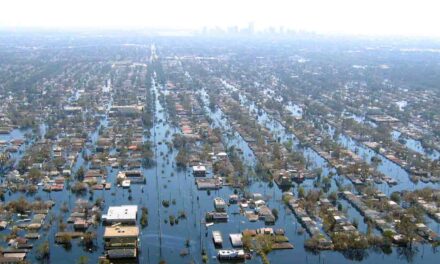Bill McKibben, who’s run the Step It Up! efforts to draw attention to the climate crisis has urged people to support carbon emission reductions of 80% by 2050. That people are paying attention, that Congress is starting to pay attention and take early steps, is encouraging. Before an Inconvenient Truth came out and a great many committed activist organizations laid the groundwork for awareness, not even that much would be possible.
But it isn’t enough. For one thing, it’s not quite enough to get the job done. For another, I’m concerned that it won’t even sustain people’s interest long enough to mobilize for better legislation and industrial solutions once they see that ‘something’ has been passed.
2050 is a long ways away. In terms of my own timescale, I’ll be 75 then. I’ll be shaking my cane at the young whippersnappers who won’t get off my lawn. (Not that I’d have a lawn. Very ecologically unsound. Can I suggest a nice, friendly, native plant landscaping, instead?) The teens and 20 year olds involved in these campaigns will be around retirement age, and when you’re their age, 40 years old seems incomprehensibly distant. The people who are passing these laws today will be long dead by 2050. (Unless we have incredible leaps in cryonic storage, which is exactly the sort of wild and crazy thing that comes to mind as being possible over long time periods.)
Considering the amount of technological change that’s happened just in my lifetime, I think encouraging people to deal with it on a scale like that creates a favorable climate for those who say we should do nothing, because surely we’ll figure it out by then.
Yet we don’t have until 2050, and we can’t afford for the public at large to think that we do. We are in the time of consequences. Of worsening weather. Of bad droughts that could get much worse. Now.
A person might be tempted to despair. Because the situation is dreadful. End of civilization as we know it. But, and this is the somewhat cliche good news, we have the technology to fix it if we would only employ the will to use it. Consider again the question of despair:
… Oates points to Emily Dickinson as a prime example of the “poetics of despair” with its “keenly heightened inwardness.” It’s true enough that Dickinson eloquently describes despair — sometimes passionately, sometimes chillingly dispassionately. But the substance of her poetry has to be reconciled with the sheer, incontrovertible fact of her poems.
In other words: Emily Dickinson did not despair; she wrote. And she kept writing even when no one seemed particularly interested in publishing her poems. You can’t despair and write 1,775 poems. You can’t despair and write one poem. The act of writing — because it is an act, and a choice to act rather than to give up and do nothing — is a rejection of despair.
Had Dickinson withdrawn into the indulgent inwardness of despair, as Oates suggests, then we wouldn’t be talking about her now. She would never have written anything. That, of course, would have been a sin. …
It’s because I know what sort of relationship with writing most people have that I can promise you something: It would be much easier for you to have a measurable, positive impact on our climate crisis than to write 1,775 good poems about despair. Or even one. Unless you were a literature major. But you see what I mean.
Now, there are helpful proposals in the Energy Bill and people are thinking about cap and trade carbon markets that might even be implemented. That’s nice, but it isn’t going to be enough. In desperation, some people have proposed widespread chemical release to counter certain effects of global warming, but that just sounds very, very dodgy. Other technical fixes have been proposed, many will be tried. As the CEO of Duke Energy says, “There is no silver bullet here, … What we need is more like silver buckshot, a lot of things working together.” He’s hoping one of those buckshot attempts will be nuclear energy. Erm, ahem.
Though I don’t really want to talk about wonky engineering fixes. Not that there’s anything wrong with that. It’s just that there are plenty of low tech, high concept fixes for our current predicament that we could bring about just by taking better care of our soil.
Consider, for example, that one of the things we can do to combat climate change is one of the first things human beings had to learn how to do in order to create permanent settlements. We could, in part, farm our way out of this mess:
… In addition, we have to remember that photosynthesis by plants and the decay of biomass into soil organic matter is the primary link in the functioning of the global carbon cycle. To the extent that land is desertified, or agricultural lands have bare soil not covered by living and decaying plants, then the carbon cycle is broken, and annual emissions of carbon dioxide from decaying biomass and burning of fossil fuels can’t help but be in excess of the normal fixing of carbon in soils through photosynthesis and decay.
… [C]limate change, biodiversity loss and desertification are all one issue, and need to be addressed as such to realize success in any area. The planned grazing of livestock on perennial grasslands is the single most powerful tool we have to restore ecosystem health and functioning to our agricultural lands.
… There is this prevailing idea that soil can only form very slowly, taking a thousand years to build an inch of topsoil. Through Keyline soil building, developed by P.A. Yeomans in Australia, and other methods that we are currently using, we can build topsoil very quickly. And soil fertility is the key to everything. Essentially, human agriculture has destroyed an enormous quantity of organic matter over the last thousands of years and especially industrialized agriculture in the last 50 years at an accelerated rate. The soil organic matter lost and its conversion into carbon dioxide is perhaps an equal contributor to the burning of fossil fuels to climate change.
… Everyday people can have can have a tremendous impact on carbon emissions and carbon sequestration in soil. The key to doing this on any sort of meaningful scale is the planned grazing of livestock on perennial grasslands. So the first thing that we can do is to start eating the food grown by grass farmers. We can support these farmers by buying their products, which in turn stimulates the local economies. We can support them through our purchase of “Carbon Sinks,” the Carbon Farmers of America-version of carbon credits, to offset our personal, family, or business carbon dioxide emissions. …
The Carbon Farmers of America assert that, “[i]f the American people were to restore the soil fertility of the Great Plains that we have destroyed in the last 150 years, atmospheric levels of carbon dioxide would be reduced to near pre-industrial levels.” Though we could to the Carbon Farmers one better, because we’ve been disturbing the carbon balance for a very long time all around the world. The ability of our ecosystems to store carbon in solid form is being significantly underused. Consider further that carefully planned agricultural and horticultural techniques, careful attention to increasing organic matter and harvesting rain water, can turn a salt flat into productive farmland. You can re-green a desert, if the soil is given the right attention.
The only problem with that technology, something that requires skill and understanding, if not sophisticated equipment, is that it’s supposedly inefficient. It can’t be done by one person atop a grand machine, managing hundreds of acres in a day. And it’s axiomatic in modern commerce that the best thing is always the thing that takes the fewest people. Yet the technologies and the chemicals we use to grow our food are disrupting the planet’s ability to support life, certainly, the kind of life we’re used to. Though not just because of carbon emissions. In agriculture, nitrogen is key, and we release quite a bit of it:
… I call it the biggest global change that nobody has ever heard of, Weiss said at the spring event. The planet has never seen this much nitrogen at any time. Human activity now releases 125 million metric tons of nitrogen from agricultural activities and fossil fuel combustion a year, compared to 113 million metric tons annually from natural sources, according to a 2007 United Nations report called Human Alteration of the Nitrogen Cycle.
In 1860, the U.N. report noted, there was virtually no release from human activity. The consequences of this spike, the report added, are profound.
Not only is this glut of nitrogen disrupting ecosystems, polluting waters and harming human health, but its a silent partner, along with carbon dioxide, in changing the Earths climate. …
The Earth Policy Institute lays out more information about the waste of nitrogen, saying that the Mississippi drains 1.6 million tons of nitrogen from agricultural runoff into the Gulf of Mexico, where it causes enormous dead zones, and that yearly, worldwide nitrogen fertilizer use is somewhere around 145 million tons. As of 2002, the US adds 12 million tons of nitrogen fertilizer to its soil. And we could stop doing that, too, if our farming techniques kept more nutrients in the soil instead of wastefully letting them wash away.
And you, yes you, could perhaps do something about this next time you go to the grocery store. You could, for example …
- Buy organic food
- Buy pasture-raised, grass-fed meat, or ask your grocer to stock it
- Buy locally grown food
If we weren’t talking about food, I’d feel like Bush telling us to go shopping after 9/11 so the terrorists wouldn’t win. Except that we aren’t talking about new clothes and a big screen television. We’re talking about something you have to have every day. Something you have to buy, or grow. And hey, there’s a thought. Maybe you, personally, don’t want to farm. But not only are there far worse jobs, I’ve talked to a lot of farmers who really like what they do. So consider calling your Senators and asking them to support generous funding for beginning farmer programs in the upcoming Senate version of the Farm Bill.
I’m not just promoting altruism here, though. It could eventually pay off directly for you. As Dan Imhoff notes in the book Food Fight, between 1985 and 2000, the price of fresh fruits and vegetables has gone up 38%. Thirty eight percent. In the same time, the price of soft drinks, which depend on plentiful supplies of diabetes-causing wholesome corn syrup, have dropped by 23%. The only way to push that ratio back the other way is to have more, and more diverse, farms.
… The population of U.S. agriculture is poised to make a dramatic change – half of all current farmers are likely to retire in the next decade. U.S. farmers over age 55 control more than half the farmland, while the number of entry-level farmers replacing them has fallen by 30 percent since 1987 and now makes up only 10 percent of farmers and ranchers.
Absent a new generation of beginners, that land will concentrate in large farms, causing the permanent loss of opportunity for family farms, ranches, and rural communities and squandering the chance to shift to a more sustainable system of agriculture. …
So, see, not just shopping, either. And not just technology. We need people to solve this problem. We need all the tools at our disposal, and there are a lot of them available.
Answers could be right under our feet.






